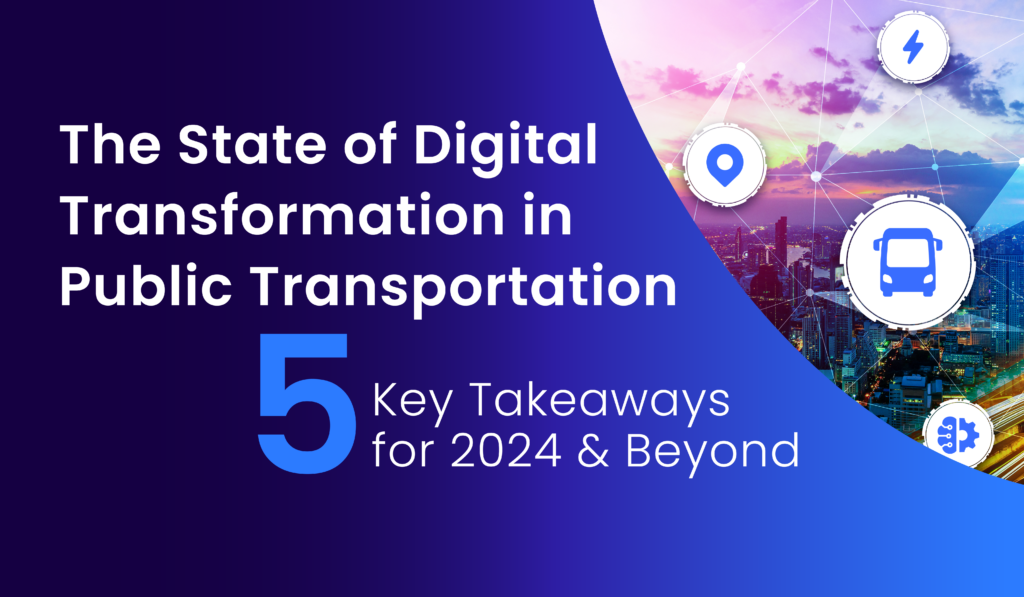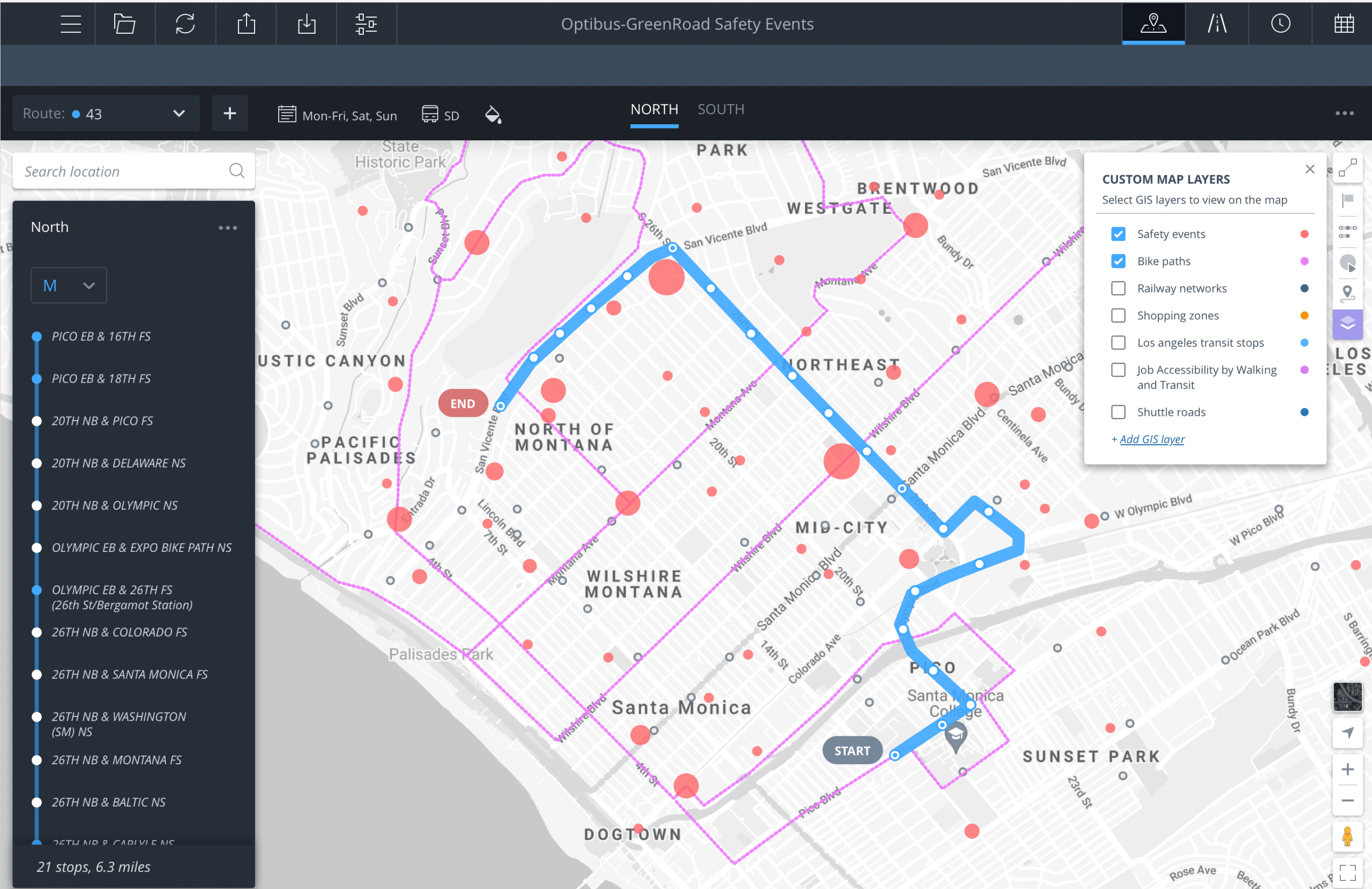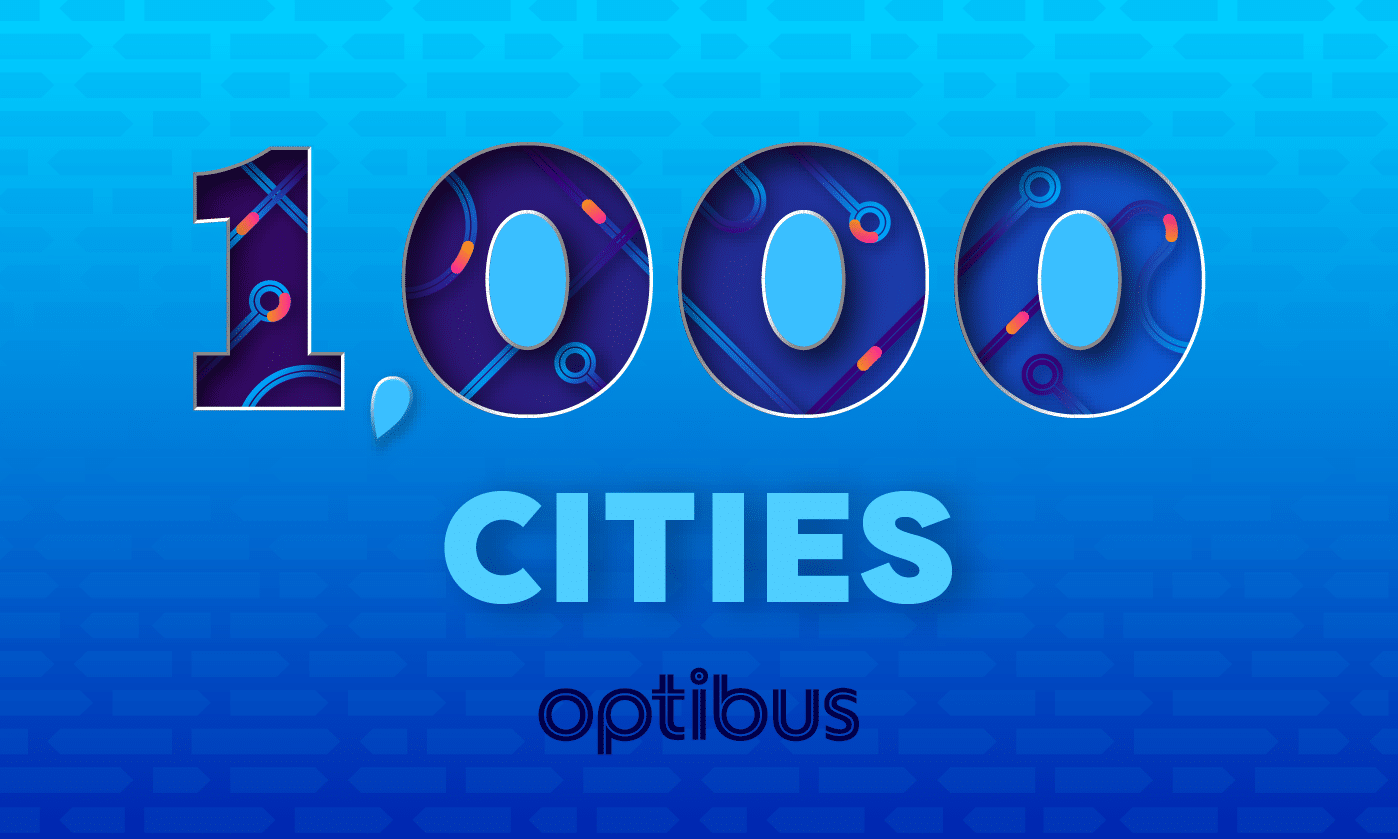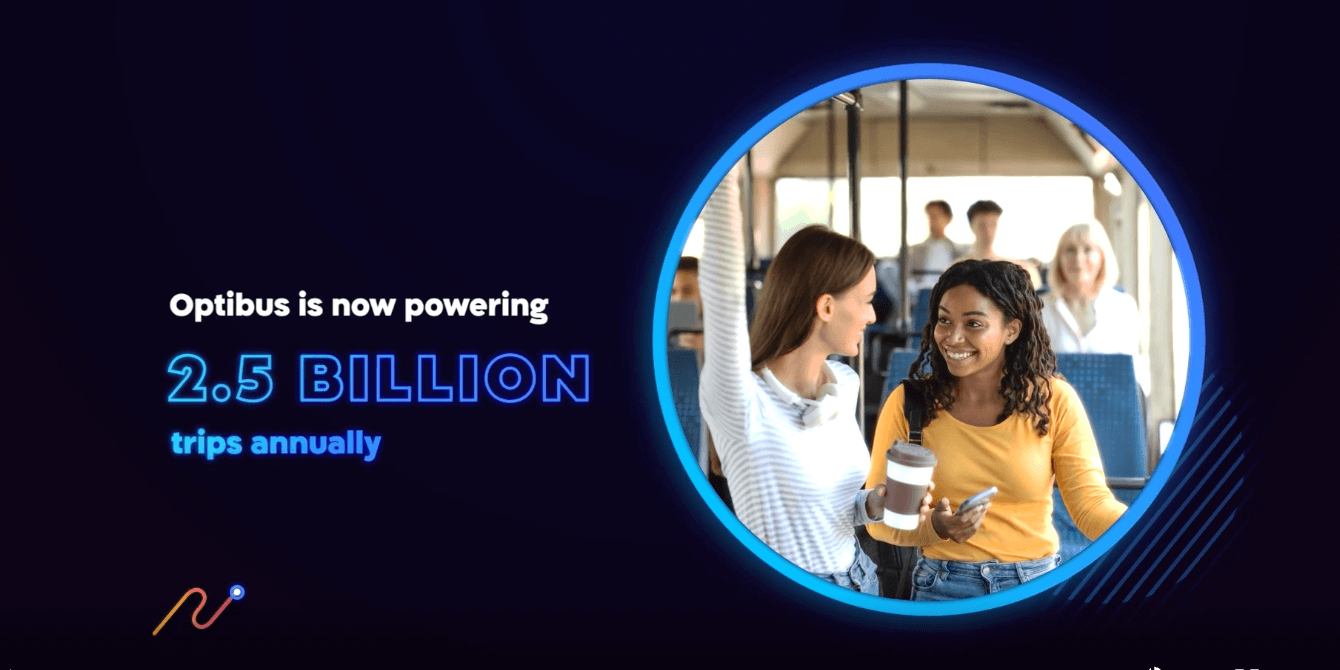We are strong believers that in the case of public transportation, efficiency needs to be both measured and managed. When transportation efficiency is measured, it can produce many insights, enabling agencies and operators to check whether their resources are allocated to offer the best possible service.
What do public transportation operators think about the efficiency of their service? How do they measure it? Last month we had a webinar about how to measure and improve the efficiency of a fixed route service, where we presented our thoughts about using efficiency metrics and benchmarks (and also highlighted the strong tie between quality scheduling and efficiency).
During the webinar we surveyed the participants, with some interesting responses highlighting how they approach measuring efficiency. While they did not necessarily measure the same things and had differing opinions about possible sources of inefficiencies, they all agreed on one subject: poor efficiency means poor on-time performance.
What are the perceived factors that are hurting efficiency?
We asked respondents what they think is hurting their transportation network efficiency.
Network design A plurality of respondents (31%) said network design was the number one factor hurting efficiency, perhaps reflecting a poor underlying design of the network that created poor routes, timetables or perhaps depot location.
Driver satisfaction and/or shortages The need to deal with driver shortages or deal with driver satisfaction by offering better work schedules was selected by the second-largest category of respondents as the biggest block to efficiency. This may be quite similar to what 10% of respondents meant when they indicated “compliance with labor requirements” as a factor that is hurting their efficiency. Added together, these two responses are at 36% of respondents. Since transportation efficiency is indeed highly influenced by the need to create good duties for drivers, to deal with driver shortages, and the need to comply with labor requirements, an inability to deal with any of those can indeed hurt efficiency (in fact, this is the reason scheduling optimization exists). This is perhaps also what the respondents (16%) that mentioned “scheduling issues” meant, since the inability to deal with rules and preferences and create an optimized schedule can indeed hurt efficiency.
Reliability concerns An interesting response is “reliability concerns,” indicated by 16% of respondents. At first glance one can ask what does reliability have to do with efficiency. But in reality they are related since if service reliability is poor, as a result of weak on-time performance, the ability to schedule well or expect that plans will operate in the real world, will indeed prove problematic.
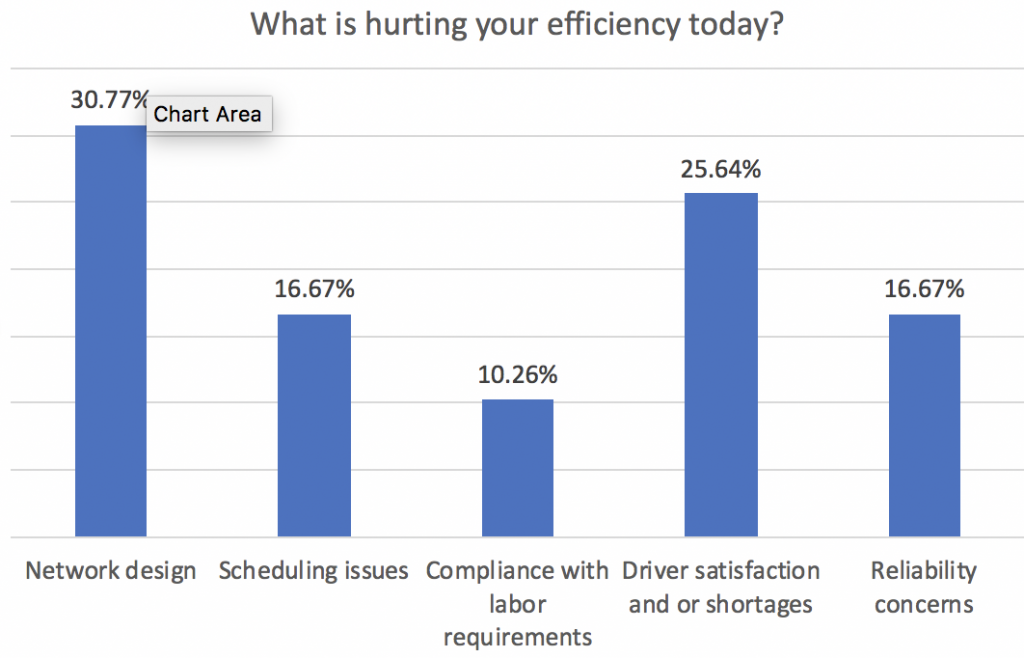
Why should efficiency be improved?
It’s pretty obvious that efficiency should be improved for a host of reasons, but we wanted to know what the number one focus area is for those seeking to improve their efficiency.
Tying into the previous mention of reliability concerns, here 52% of respondents answered that their number one goal in improving efficiency is investing in reliability or on-time performance.
The next goal is a better use of resources, possibly better allocating expenditures to grow trip frequency.
And finally 16% of respondents seem to be worried that without efficiency they are not spending their resources effectively, such as unnecessary overtime payments.
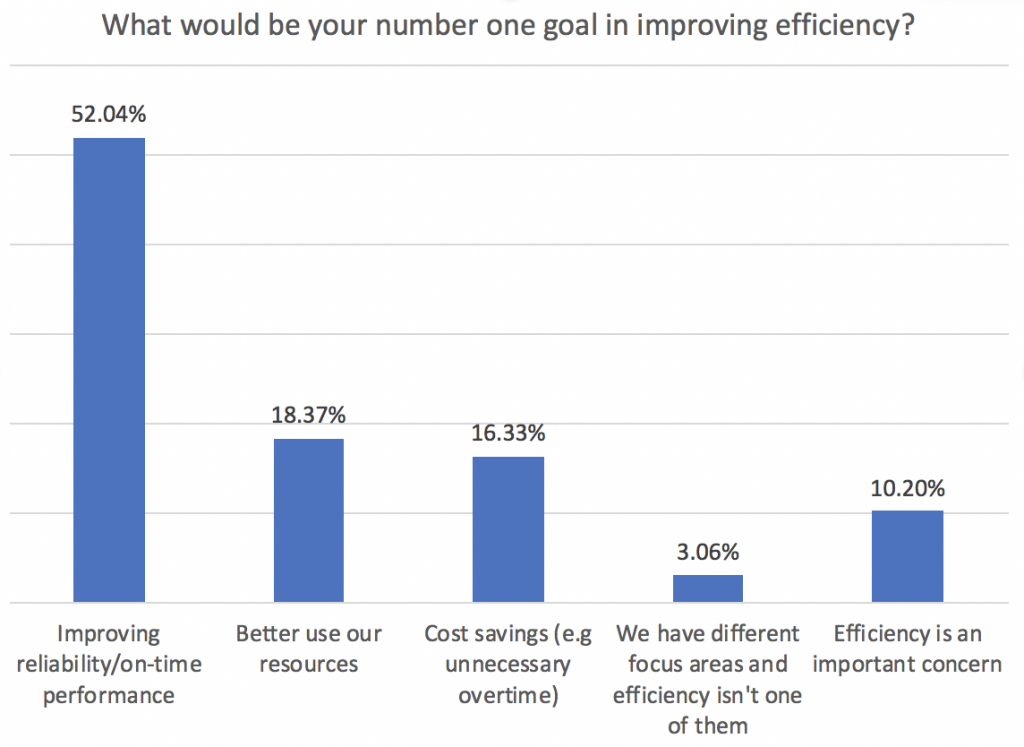
Is efficiency measured? How?
We also asked “How are you measuring your efficiency today” (this happened before we presented our suggestion on how to measure it). The short answer is that it depends. Survey respondents did not measure their efficiency in a uniform way, meaning that the industry as a whole is a long way from deciding on a common way of addressing efficiency concerns.
- Cost per revenue mile came in at 12% of respondents. This is a currency-based measurement, and typically doesn’t serve well to benchmark costs across agencies/operators as well as factors in wage increases and other cost fluctuations. In this case, benchmarking with another agency won’t provide a lot of insight. That’s why we recommend going with a ratio of costs rather than an absolute monetary value.
- Revenue hours vs paid hours is a ratio-based indicator of efficiency (we think it should be the cornerstone of efficiency measurement), only got about 5% of responses.
- Peak vehicle requirement came in at about 1%, and while indeed it can reflect efficiencies, it should not be the prime metric.
- “Mixture of the above” was what 74% of respondents chose. Does that mean that no one is quite sure what’s the best way to measure efficiency?
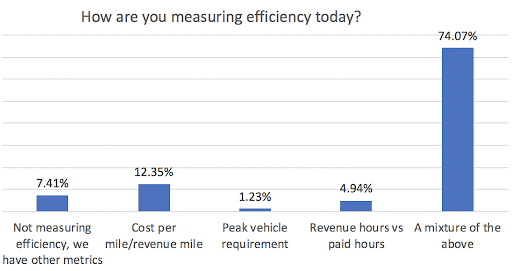
Are there correct answers?
All answers above are correct in one form or another. The main point is that benchmarking efficiency is important because it can deliver insight about how to allocate resources and improve service. Focusing on efficiency can be a driver of a greater focus on scheduling optimization since efficiency, in our experience, is closely tied with optimization quality. What’s more interesting and insightful is that when a network is efficient, its reliability increases as well. Although you can argue that efficiency and on-time performance aren’t directly correlated, efficiency is tied to the ability to manage the network well and a well-managed network also sees improved on-time performance.



